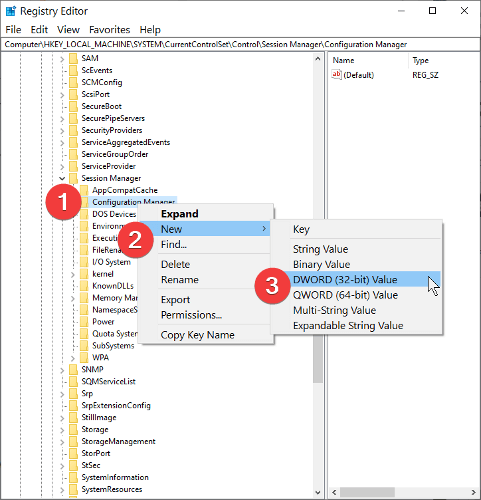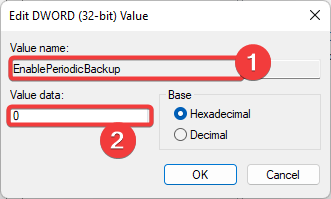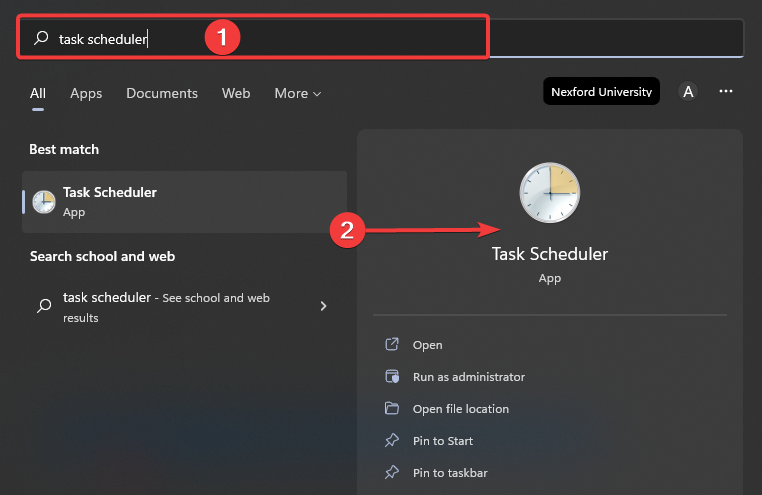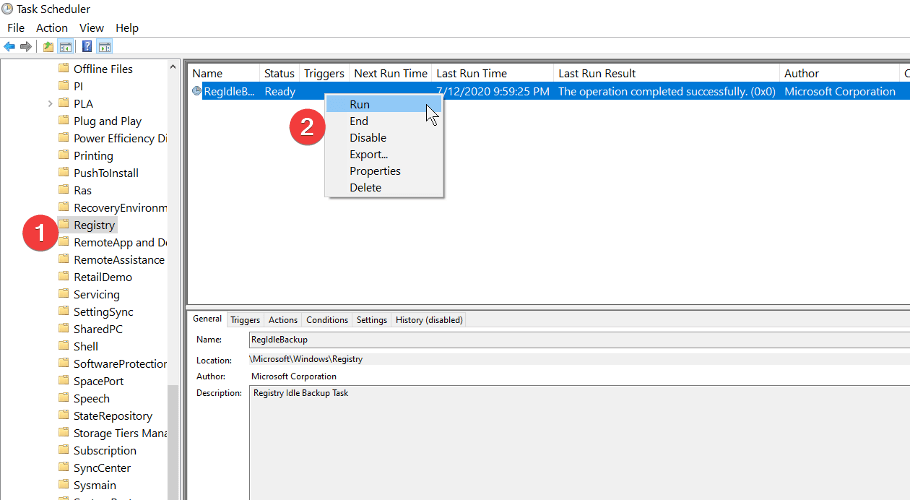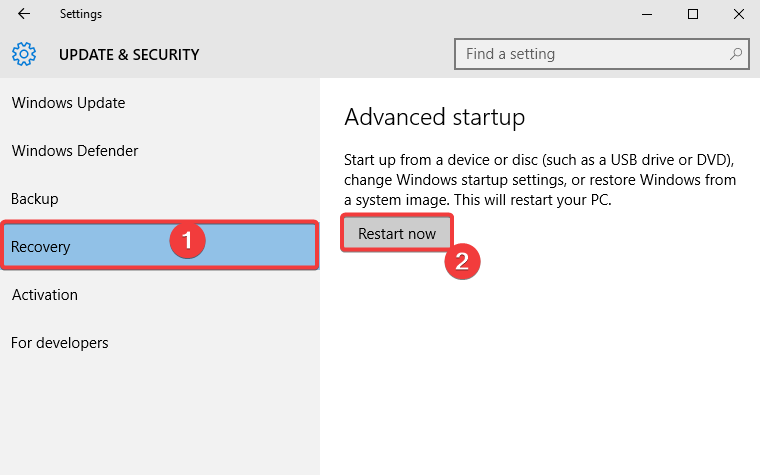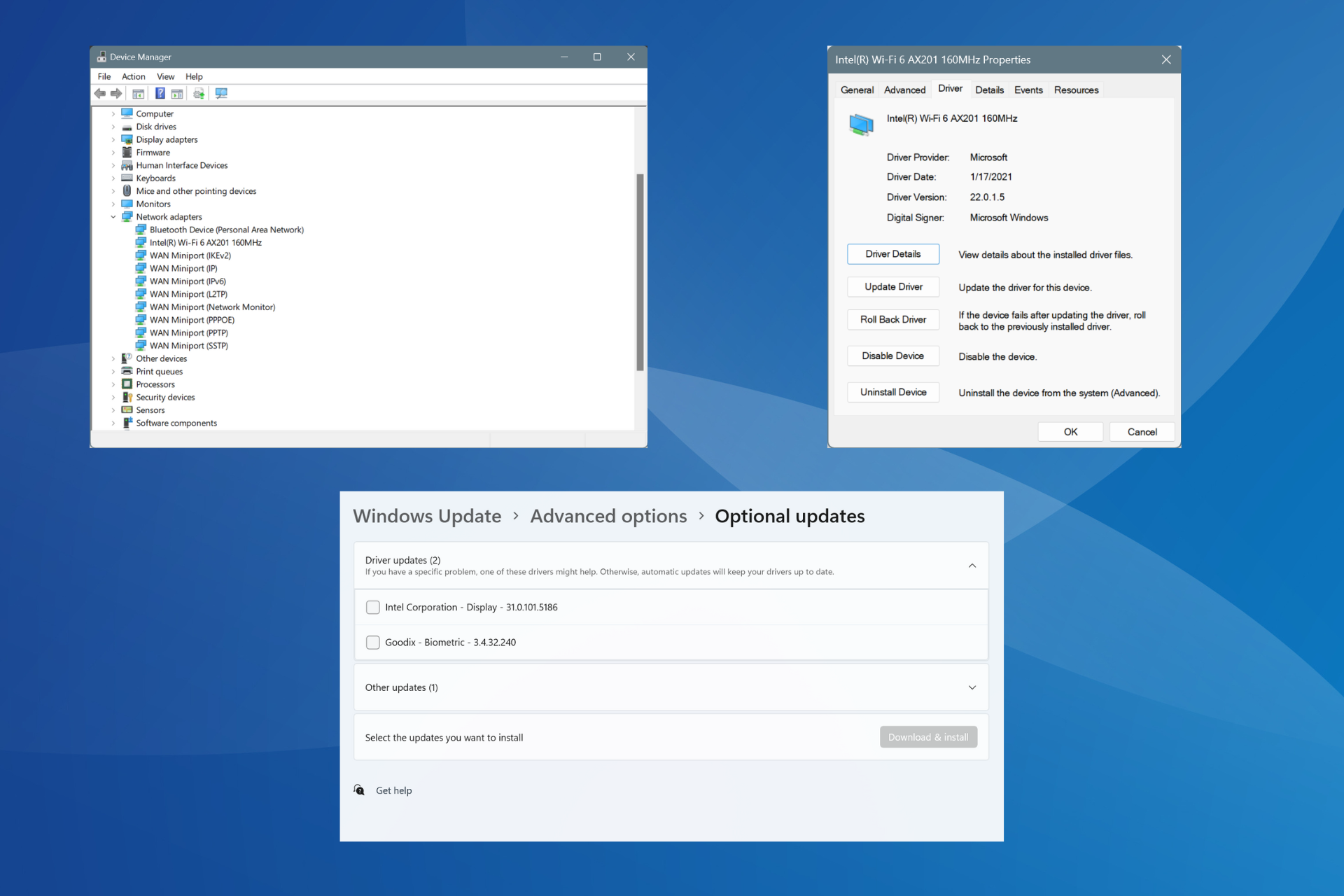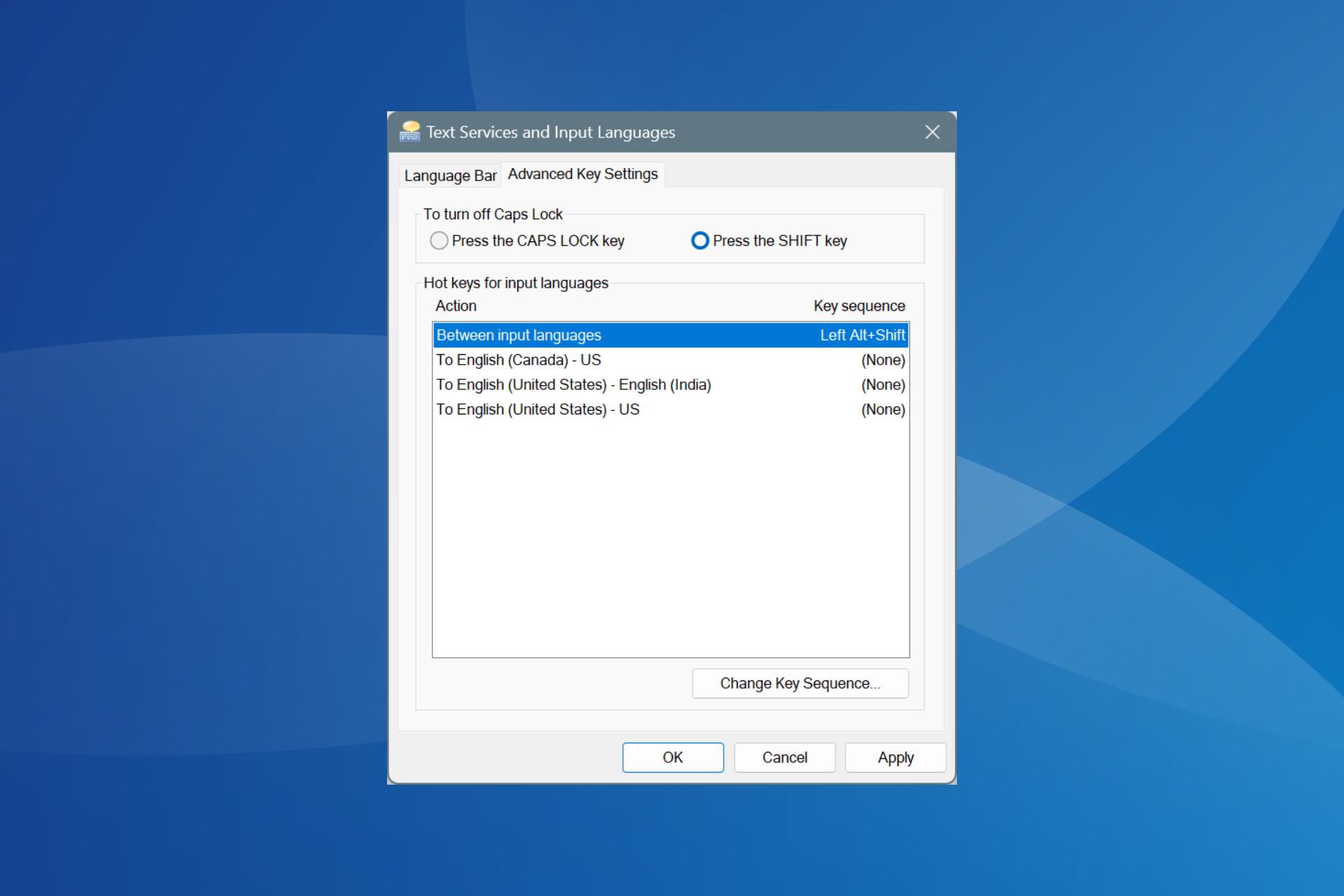3 Methods to Restore Windows 10 Registry Without Backup
Handy Registry restoration tips for Windows OS
6 min. read
Updated on
Read our disclosure page to find out how can you help Windows Report sustain the editorial team Read more
Key notes
- To restore the Windows 10 Registry without a backup, you can use third-party software or do it manually.
- This article explores both options available to sort out this issue once and for all.
- You must follow every step carefully to avoid permanently ruining your PC’s Registry.

The Windows Registry has low-level settings that run your entire system. However, you risk breaking the operating system when you edit values or keys in the Registry. If this happens, your only option is to restore Windows 10 Registry without backup.
You have to restore without backup because Windows 10 stopped automatically backing up the system registry since version 1803. So, you’d notice that the system32regback folder is empty.
You can still restore the Windows registry without a backup, so don’t be concerned. In this post, we’ll go through various techniques you may use to convert the Registry without a backup.
Does Windows 10 have a backup registry?
There is not an automatically backed-up Registry on Windows 10, but you can and, in most cases, should create a backup to your Registry before changing its values.
You have to export the Registry to its current location before effecting the changes, and this exported data will serve as a Registry backup when needed.
Can you restore registry files?
As we said, you will need to export Registry data to create a backup; the inverse is the case for data restoration. You should import the exported data, and you are good to go.
Some of our readers asked how to reset Registry in Windows 10 but the key word here is to restore, or to fix, not to reset.
The only way how to reset regedit to default is by performing a PC reset which is not preferable and it’s one of the last resort solutions.
Does System Restore reset registry?
It doesn’t really reset the Registry but reverts any changes made from the time the chosen restore point was created.
So, if your aim while performing a System Restore is to reset the Registry due to a particular change, we recommend either choosing a restore point created before the concerned change was made or factory resetting Windows.
How can I restore the Windows 10 registry without backup?
1. Restore Registry manually on Windows 10
- Click the Windows key, type regedit into the search box, and click on Registry Editor to open it.
- Navigate to the path below.
HKEY_LOCAL_MACHINE \ SYSTEM \ CurrentControlSet \ Control \ Session Manager \ Configuration Manager - Right-click on Configuration Manager and go to New > DWORD (32-bit) Value.
- Set EnablePeriodicBackup as the name of this registry value, give EnablePeriodicBackup the Value of 1, and close the Registry Editor.
- Reboot your computer.
- On restarting, Windows will create its first backup.
2. Use the Task Scheduler
- Click on the Start Menu button.
- Search for Task Scheduler and click the result to open it.
- Go to this path:
Task Scheduler Library > Microsoft > Windows > Registry - Right-click on RegIdleBackup and select Run.
This procedure triggers the task to run and back up the Windows 10 registry. It overwrites any older backups in the RegBack folder.
3. Restore Registry in Windows 10 without backup using CMD
- Press the Windows key + I combination to open Settings.
- Select Update & Security.
- Click on the Recovery option, and under the Advanced startup section, select Restart now.
- Select Troubleshoot after the machine reboots, then Advanced options.
- Choose Command Prompt.
- In Command Prompt, enter your Windows drive letter, then hit Enter.
- Confirm that you’re in the correct drive:
dir - If the letter you entered in step 7 was incorrect, return to this step and correct it.
- Type the script below, then hit Enter to go to the System32 folder.
cd d:windowssystem32 - Type the script below, then hit Enter to create a backup folder called configBak.
mkdir configBak - Copy and paste the script below, then hit Enter to back up the config folder.
copy config configBak - Type the script below, then hit Enter to enter the RegBack folder.
cd configRegBack - Type the script below, then hit Enter to copy the data RegBack to config.
copy *...* - Confirm every operation by pressing Y and Enter.
- Close the Command Prompt window.
On closing Command Prompt, your machine will restart and generate a backup. It would help if you had successfully been able to restore Registry in Windows 10 to default using the cmd prompt.
How to restore the Registry without backup on Windows 11?
- Press the Windows key + I combination to open Settings.
- Select System, then click on Recovery on the right pane.
- Choose Restart now under the Recovery option.
- Select Troubleshoot after the machine reboots, then Advanced options.
- Choose Command Prompt.
- In Command Prompt, enter your Windows drive letter, then hit Enter.
- Confirm that you’re in the correct drive:
dir - If the letter you entered in step 7 was incorrect, return to this step and correct it.
- Type the script below, then hit Enter to go to the System32 folder.
cd d:windowssystem32 - Copy and paste the script below, then hit Enter to create a backup folder called configBak.
mkdir configBak - Type the script below, then hit Enter to back up the config folder.
copy config configBak - Copy and paste the script below, then hit Enter to enter the RegBack folder.
cd configRegBack - Type the script below, then hit Enter to copy the data RegBack to config.
copy *...* - Confirm every operation by pressing Y and Enter.
- Close the Command Prompt window.
On closing Command Prompt, your machine will restart and generate a backup. This process is very similar to Windows 10 except for minor UI changes in the Settings app.
How do I know if my Registry is corrupted?
After running the command, the SFC software will notify you whether it discovered or fixed any corrupt files.
This makes the application a valuable tool for determining if any registry items on your computer are damaged.
You must run the script below on a Command prompt with elevated privileges:
sfc /scannow
Note that using this tool may take as much as 30 minutes as it has to crawl through your entire drive.
Does restoring Registry delete files?
It depends on how you restore the Registry. If you go with the System Restore, the files stored on the computer won’t be affected.
While if you reset the OS to restore the Registry, you are bound to lose the programs, files, and configured settings on the PC. There’s a third and simpler way, restore the Registry using a dedicated backup, which wouldn’t affect the unconcerned parts of the OS.
In this article, we have shown you how to restore the Registry to default.
After performing these operations, you would have learned how to restore Windows 10 and 11 Registry without backups.
This guide also shows you how to enable the backing up of the Windows 10 registry. If you cannot restore the Windows registry using these solutions, let us know with a comment below.



